As a homeowner, you might be thinking of removing your house roof trim molding. This is because at face value it appears only as an accessorial aesthetic design that can be done away with. But are there other uses of roof trim molding? We asked experts and here's what they have to say.
House roof trim molding should not be removed because it helps to beautify and fortify your roof. The only instance in which trim molding should be removed is when you want to affix new ones.
To understand how roof trim molding fortifies your roof and how to remove it when you need to, you should continue reading.
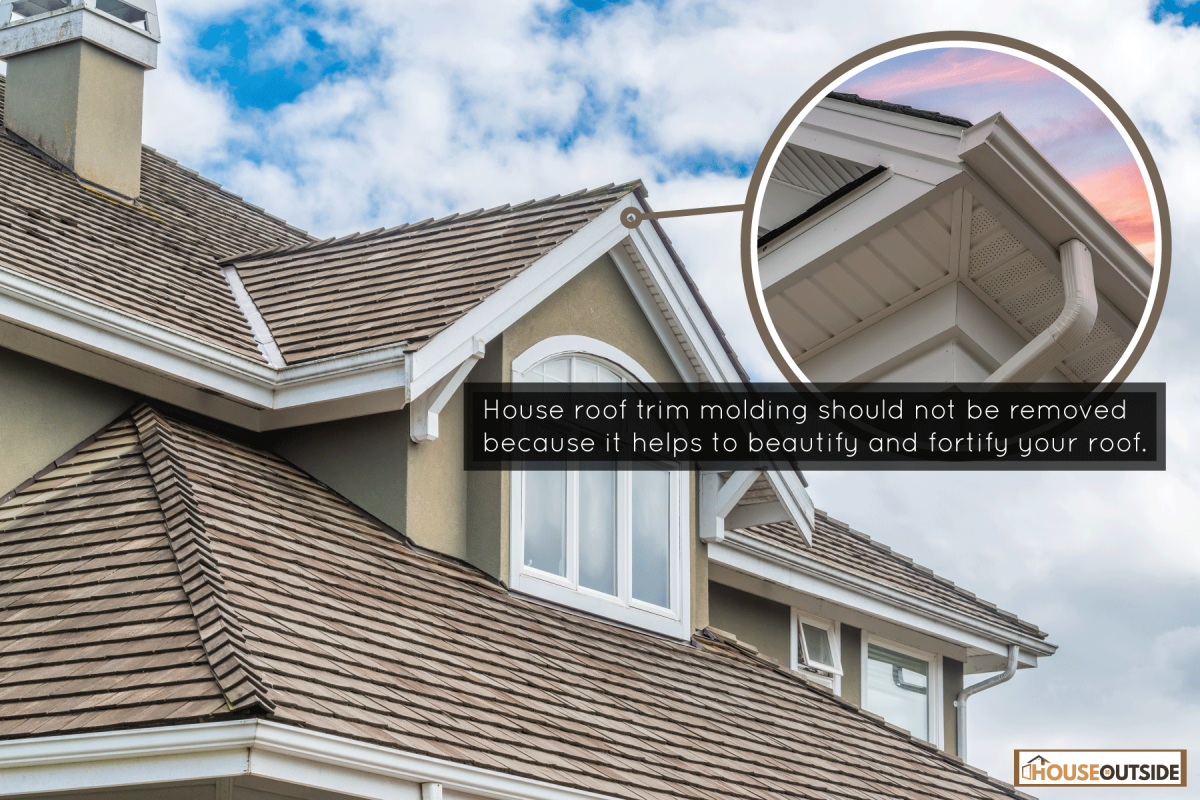
What is House Roof Trim?
House roof trim and molding are designs implemented within a building to add value and beauty to it.
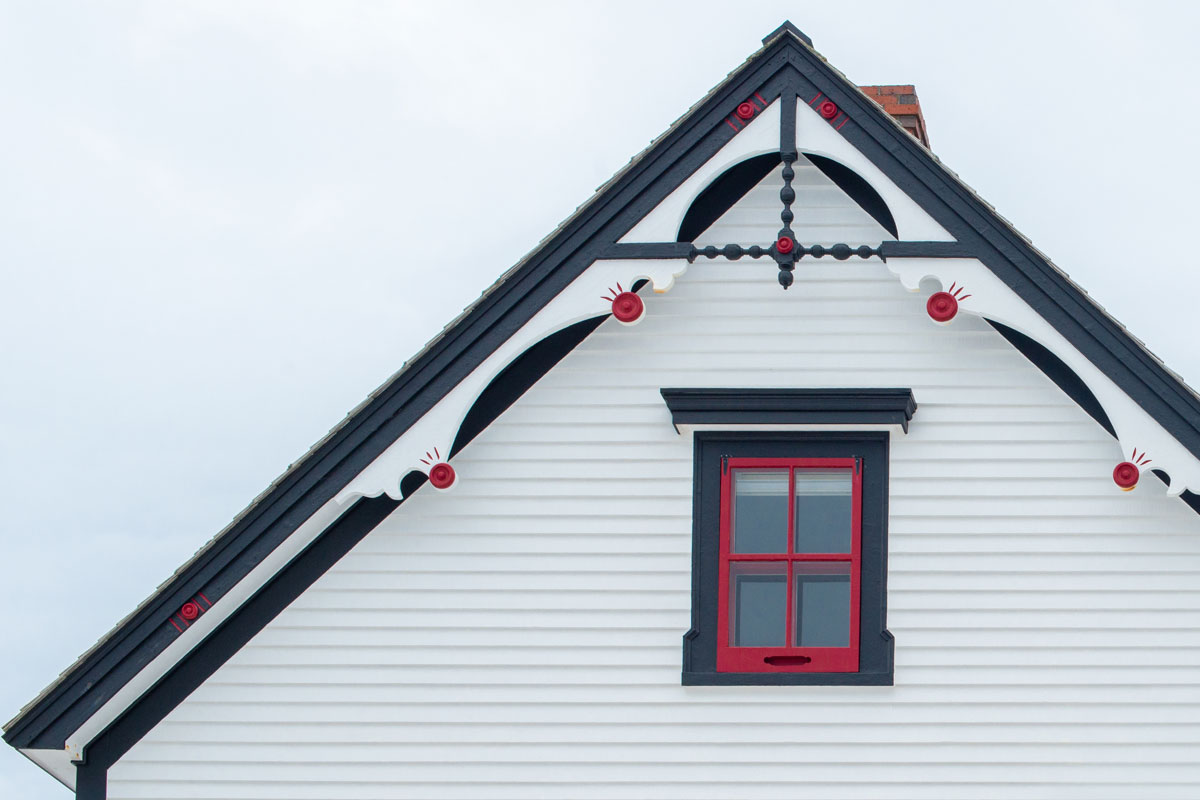
- The wording "trim" is usually used in general to refer to all forms of designs around openings and corners in a residence.
- The wording "molding" is used to refer broadly to all forms of woodwork that add beauty to a residence.
What is The Difference Between Molding and Trim?
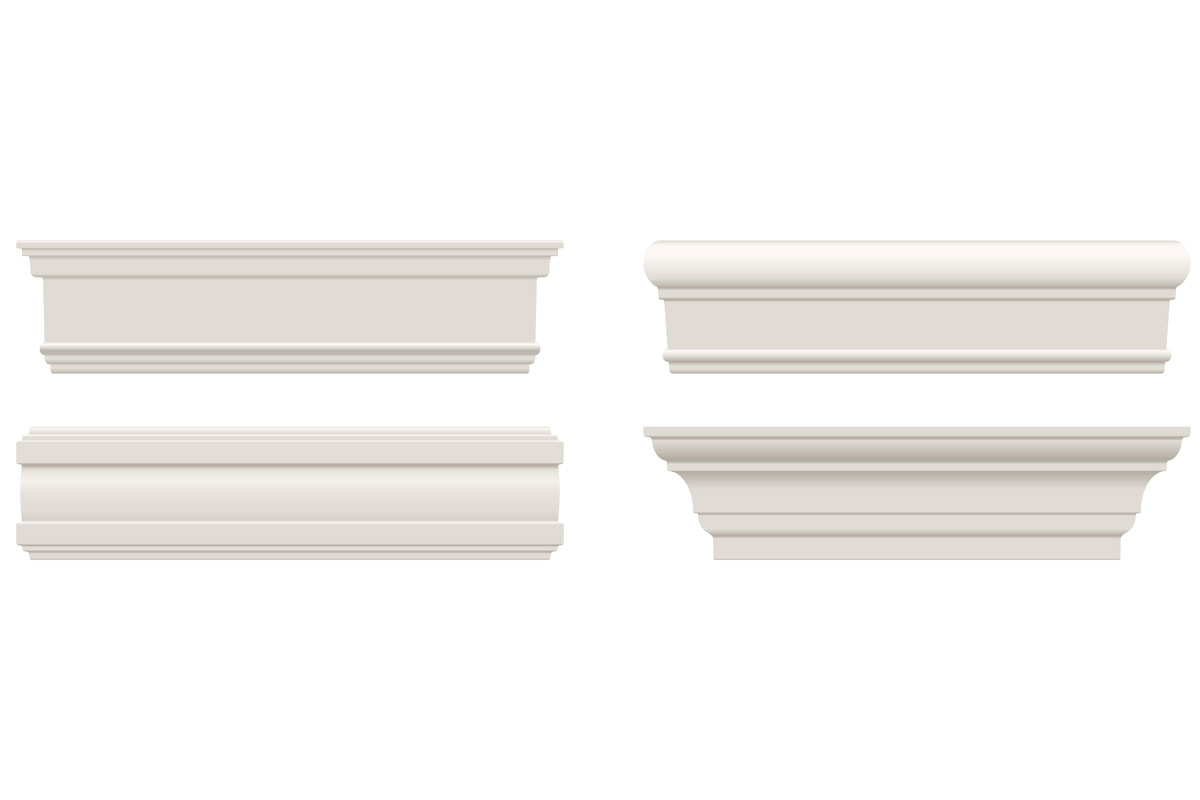
Trim and moldings are considered very similar by many people. But for many people, molding is considered a category of trim, just more elaborate and decorative in detail. Other persons emphasize the difference in their material, style, and setup.
Any material used in designing an edge or an opening in a home is considered a trim. On the other hand, moldings are considered to only be woodwork.
Trim is fitted anywhere in the home while moldings need to take on different styles to be set in various places in the house. Trim is considered easier to fix in a home while molding is said to require professional assistance.
Should House Roof Trim Molding Be Removed?
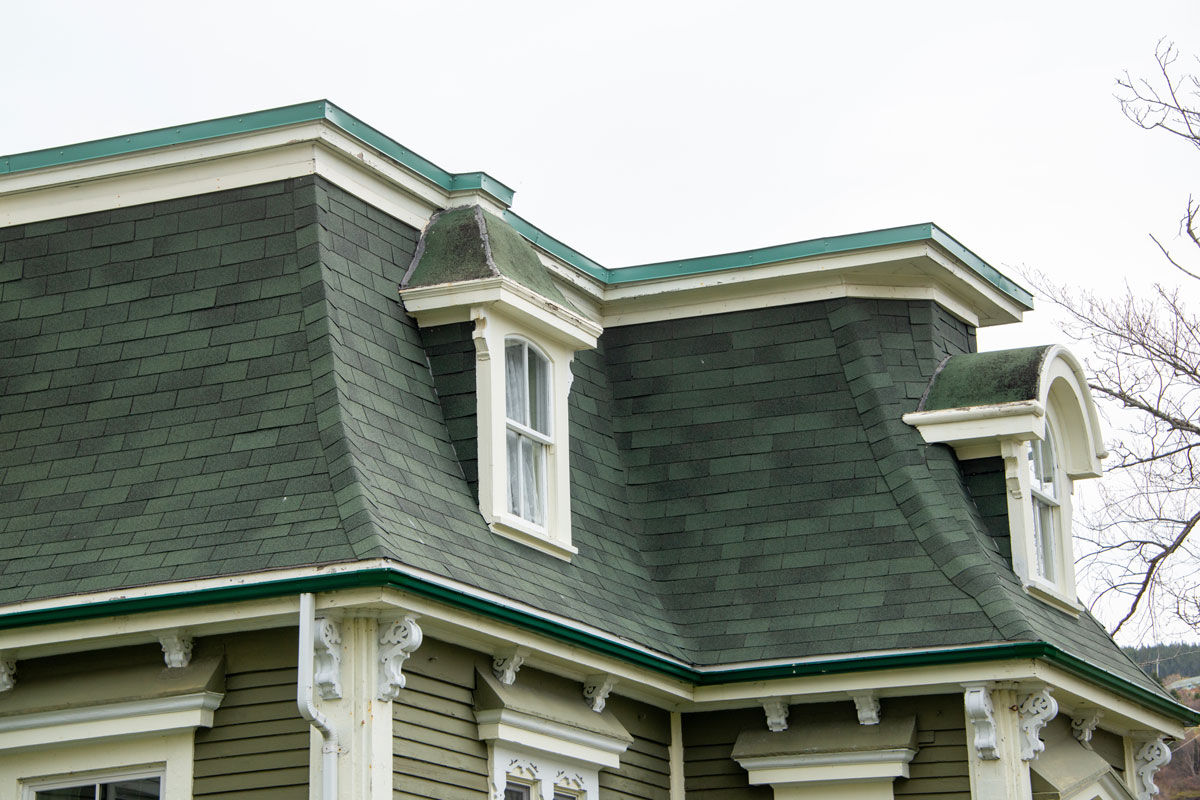
You should only remove house roof trim molding when the trim and molding are damaged or when you want to fix a new design.
Best Practices For House Roof Trim Removal
If you would be removing your roof trim at all, you should know that there are certain procedures that are preferable. Here is a step-by-step do-it-yourself process on trim removal:
Eliminate The Paint First
It is common for most people to have their trim painted in order to prevent damage and to beautify it. If you fall into this category, you should start with this step.
This is because paint sticks separate pieces of the trim together. You would need to cut through the paint so that the trim would be separated and easier to remove. You could use any sharp implement for this, but a sharp knife is your best option.
Prod The Edges of the Trim
Just before you get on with removing the trim, you should loosen the edges of the trim by gently prodding and widdling them.
You should do this with a tool sharp enough to go through the middle of the trim and the walls. Thus, a 9-in-1 painter's tool may be very handy; and another alternative would be a scraper blade.
See this 9 in 1 painter's tool on Amazon.
Remove The Trim
If you have used a scraper blade or a 9-in-1 painter's tool to prod the edges of the trim, you should now see that the edges are loosened. What you need to do next is to remove the trim. Here, you would need to get a large pry bar, a midsize pry bar, and a small pry bar.
See this pry bar set on Amazon.
You should use the small pry bar to remove the smaller pieces of the trim, the midsize pry bar to remove the wider trim, and the large pry bar to remove the biggest parts of the trim.
You should use a protective material between a pry bar and the wall so that you do not damage the plaster or drywall. You could use a slim slice of plywood as the protective material. Alternatively, you could use the scraper blade or the 9-in-1 painter's tool, we spoke about earlier.
We should also emphasize that in removing the trim, you should work from one end to the other end. Don't start from the middle.
While you are at it, make sure you only prod at places you see nail studs. If you happen to come across a miter, you should prod both sides as a single unit to avoid causing damage to the trim.
Take Out The Nails
By now, you should have the trim removed. What you need to do is to remove the nails from the trim. In these circumstances, to protect the surface of the trim, a hammer would not be your best choice.
A nipper would be your preferred tool. Another alternative is a plier.
See these nail pullers on Amazon.
With a nipper or plier, you should gently twist and draw out the nails from the back of the trim and not the front. In the case of a miter, you should gently separate each side; or you could use a saw to remove the nail if miter is proving difficult.
Designate Old Trim from New
It is important that you designate the trim you have just removed. This is very significant if you are planning on attaching new trim as you make a distinction between the used trims and new trims.
This is equally important if you are planning on fixing the trim back as you can identify the locations trim belongs.
Does Crown Molding Add Value to a Home?
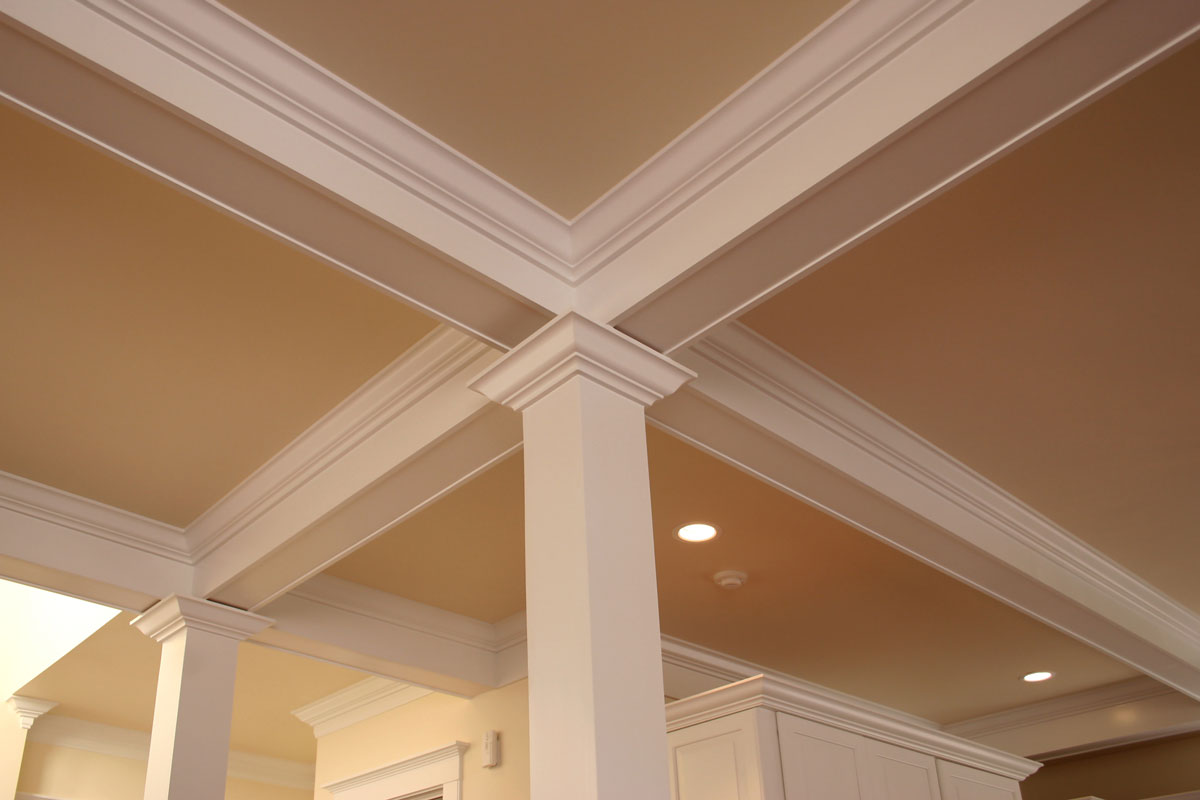
Yes, crown molding adds aesthetic value to a home. If you are going to be selling a home, you can use crown molding to increase the value of that home. Adding crown molding as a renovation is a very good idea.
Is Crown Molding Outdated?
Crown molding has been used for centuries and there is enough evidence that it will continue to be in vogue. This is because although simple, it is very elegant. Several home buyers love to see crown molding in a house.
Do Modern Homes Use Crown Molding
Yes, modern homes still use crown molding. Crown molding is still used to enhance the appeal of a home and add aesthetic value to a home.
You should not remove crown molding because it is fashionable and adds aesthetic value to your home. You should only remove crown molding in the following instances:
- When you want to fix a new one.
- When you want to paint the ceiling or walls.
- If you would like to make repairs.
- When you want a different design.
Can You Remove Ceiling Trim
Yes, you detach your ceiling trim. There is a right way to do this so that you do not damage the ceiling, walls, or the trim itself. You should follow the following steps to do this the correct way.
Identify The Materials The Ceiling Trim is Made Of
Ceiling trim is made with several types of raw materials; especially, fibreboards, wood, or plaster. You would need to identify what type of substance your ceiling trim is made up of.
To do this, you would need a long ladder to climb up to view the ceiling trim and determine the substance. Sometimes, it might be hard to determine by looks, feel and touch, especially if the ceiling trim is painted.
In such instances, you should also consider the adhesive substance being used. A wood trim would most likely be held to the wall with glue and nails.
Fiberboards should be attached to the wall with wood screws. Plaster trims should be fixed to the wall with plaster or adhesives.
Separate The Trim From The Ceiling
To do this, you would need to slice through the surface of the painting of the ceiling trim and prod the edges of the trim. Your best options here are a sharp utility knife, a scraper blade, and a 9-in-1 painter's tool, in that order.
You should use the knife to slice through the paintings to separate the pieces of the trim and a scraper blade or a 9-in-1 painter's tool to wiggle and prod the edges of the trim so that the trim is separate from the ceiling.
Fix a little piece of shim or wood between the wall and the trim. Then, input a small pry bar in between the trim and the piece of shim or wood.
See these plastic shims on Amazon.
This is to protect the wall from damage or dent while you detach the trim. Use a mallet or reliable hammer to hit the pry bar further into the edge of the trim. Start from one end to the other.
Remove The Ceiling Trim
Gently and slowly, detach the ceiling trim and bring it down. It is important that you do this carefully so that you do not damage the trim, the ceiling, or the walls.
Detach The Adhesives
There are several adhesives that may be used depending on the material. If the trim is made up of wood, you remove the nails.
If they are made up of plaster, you may need to use an adhesive or plaster removal; scrape off the adhesive or plaster. If the trims are made up of fibreboards, you should detach the wood screws.
Add a New Trim or Design
Now, that you have removed the trim, you may want to add a new trim or design to your ceiling.
Wrapping Up

So far, we have been able to discuss trim and moldings used in designing a home. We have noted that moldings and trims are very much in vogue and explained the best practices for removing trim and moldings.
To read more on home roofings and ceilings: check out these engaging posts







